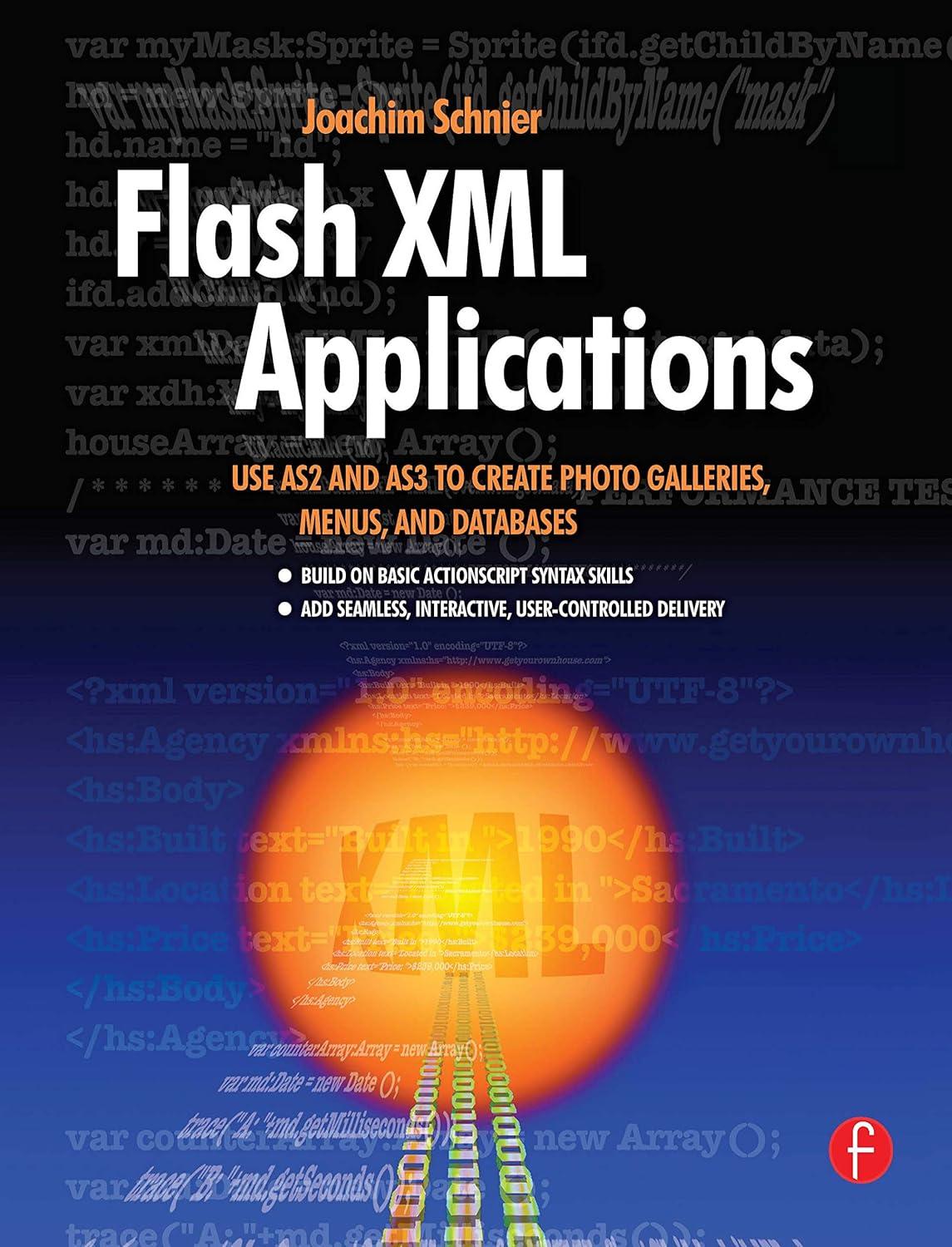Question
A generalization of the Caesar cipher, known as the affine Caesar cipher, has the following form: For each plaintext letter , substitute the ciphertext letter
A generalization of the Caesar cipher, known as the affine Caesar cipher, has the following form: For each plaintext letter , substitute the ciphertext letter :
C = E([a, b], p) = (ap + b) mod 26
A basic requirement of any encryption algorithm is that it be one-to-one. That is, if p q, then E(k, p) E(k, q) . Otherwise, decryption is impossible, because more than one plaintext character maps into the same ciphertext character. The affine Caesar cipher is not one-to-one for all values of a. For example, for a = 2 b = 3, then E([a, b], 0) = E([a, b], 13) = 3. a. Are there any limitations on the value of ? Explain why or why not. b. Determine which values of are not allowed. c. Provide a general statement of which values of are and are not allowed. Justify your statement.
Step by Step Solution
There are 3 Steps involved in it
Step: 1

Get Instant Access to Expert-Tailored Solutions
See step-by-step solutions with expert insights and AI powered tools for academic success
Step: 2

Step: 3

Ace Your Homework with AI
Get the answers you need in no time with our AI-driven, step-by-step assistance
Get Started


